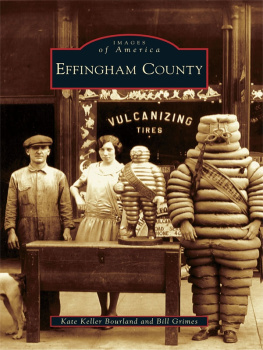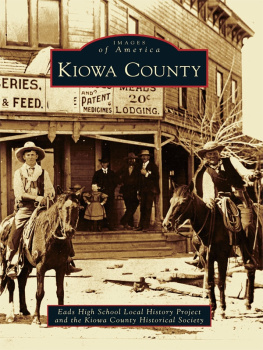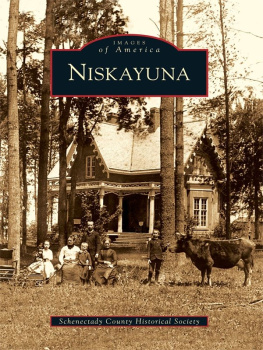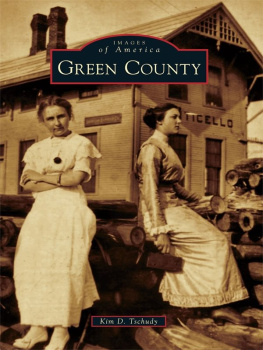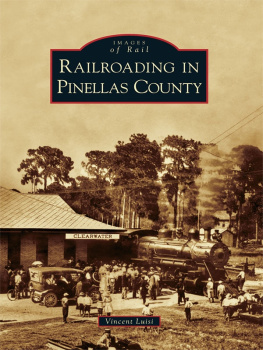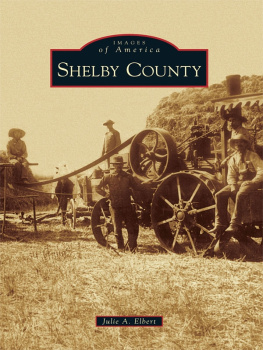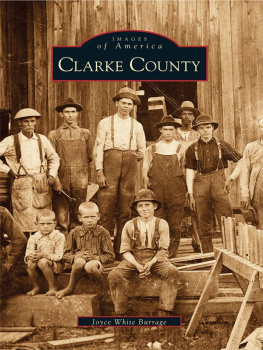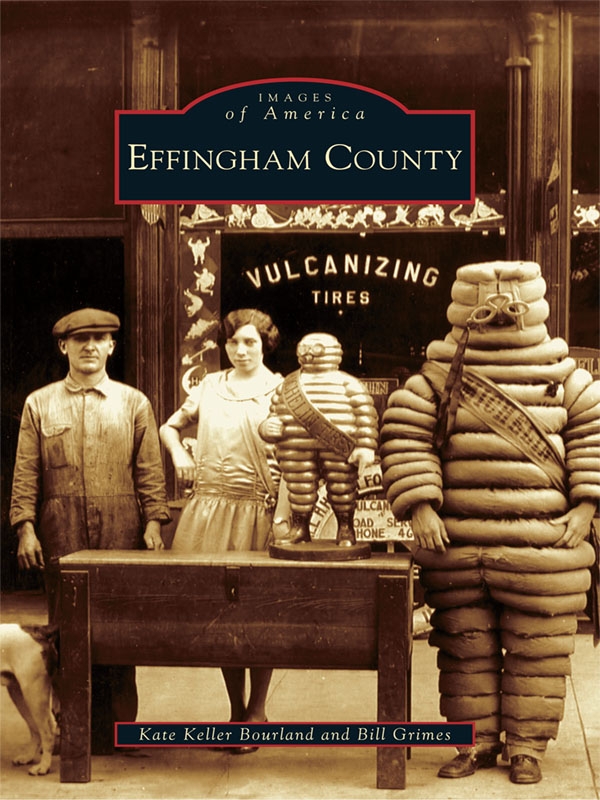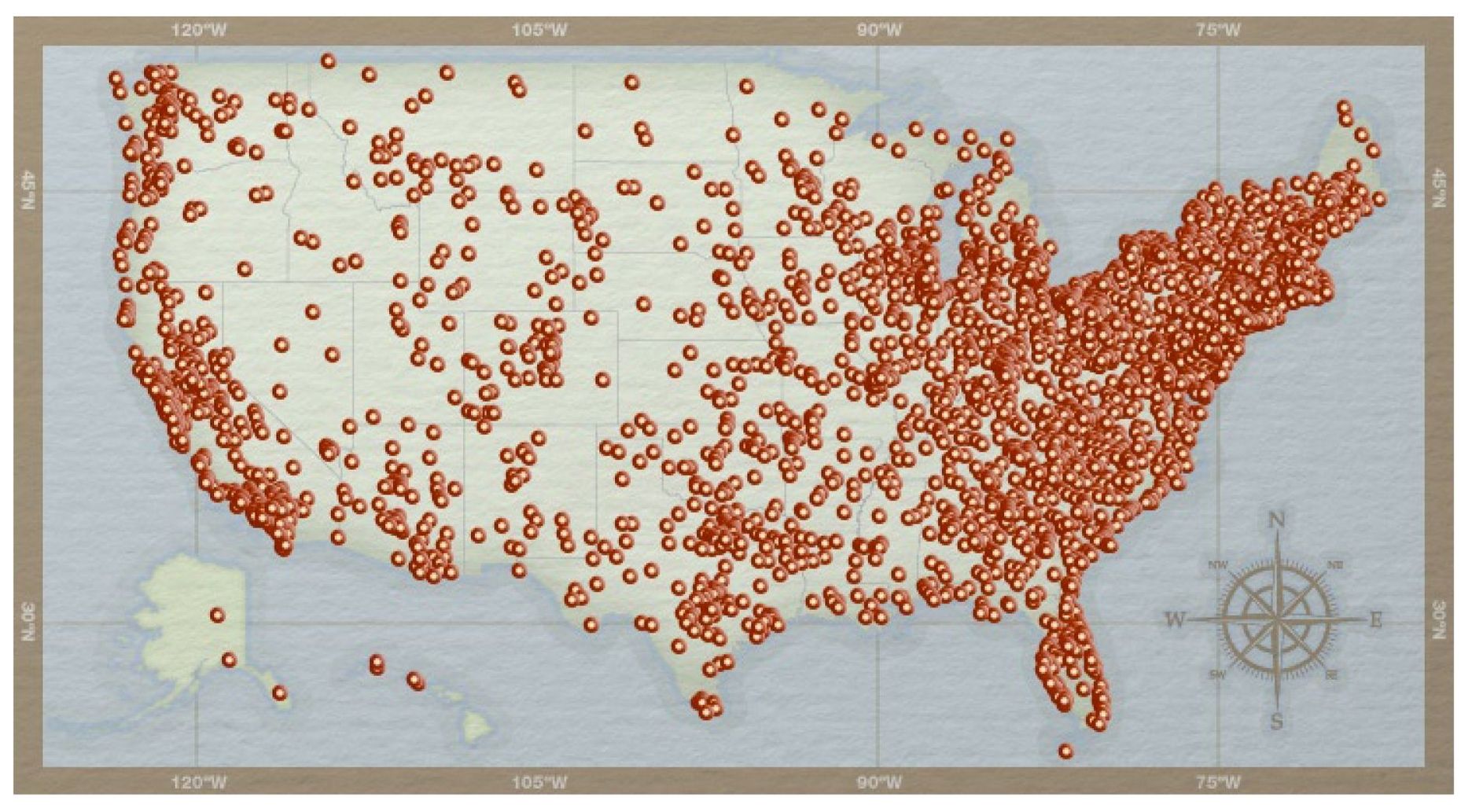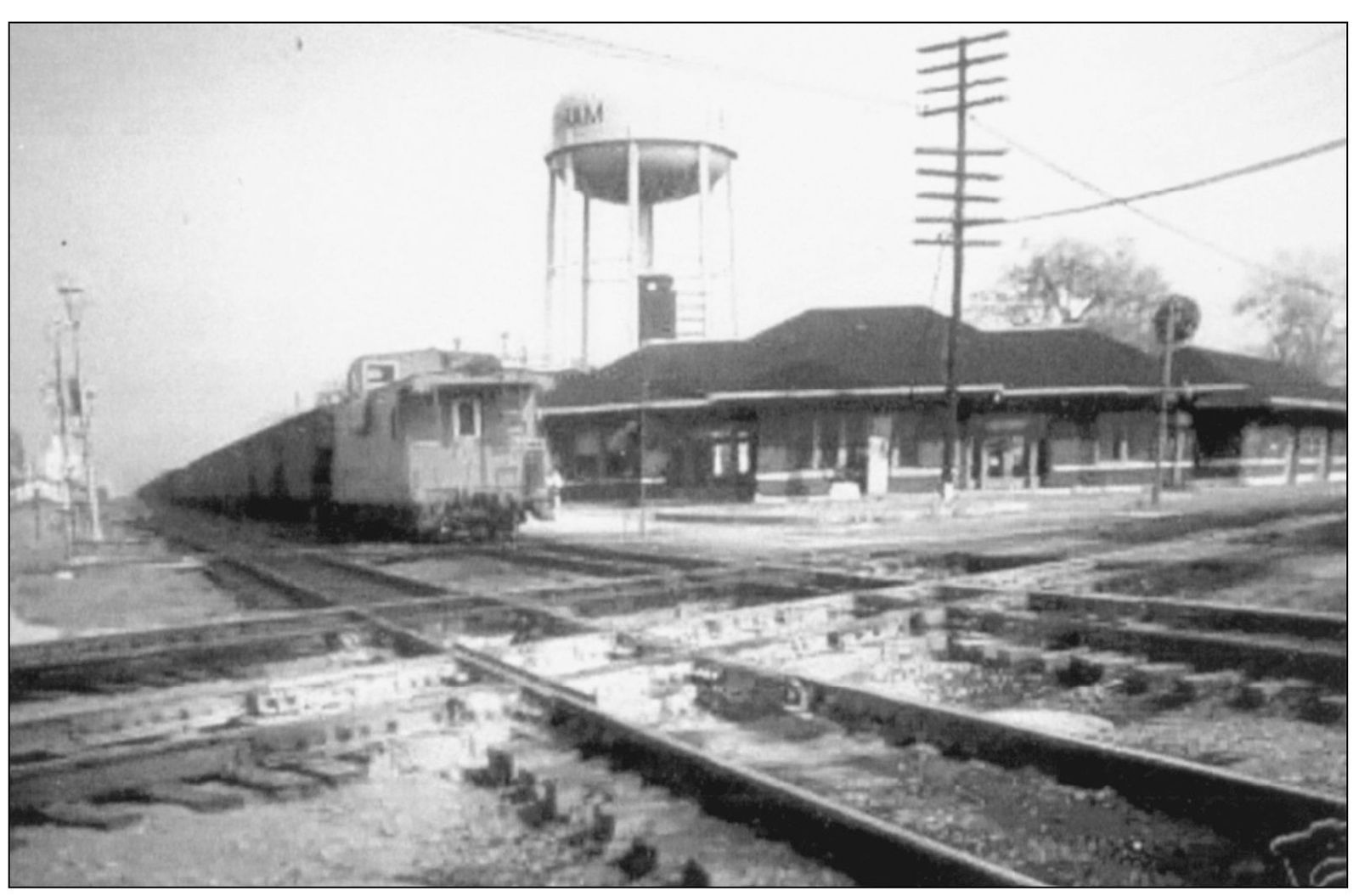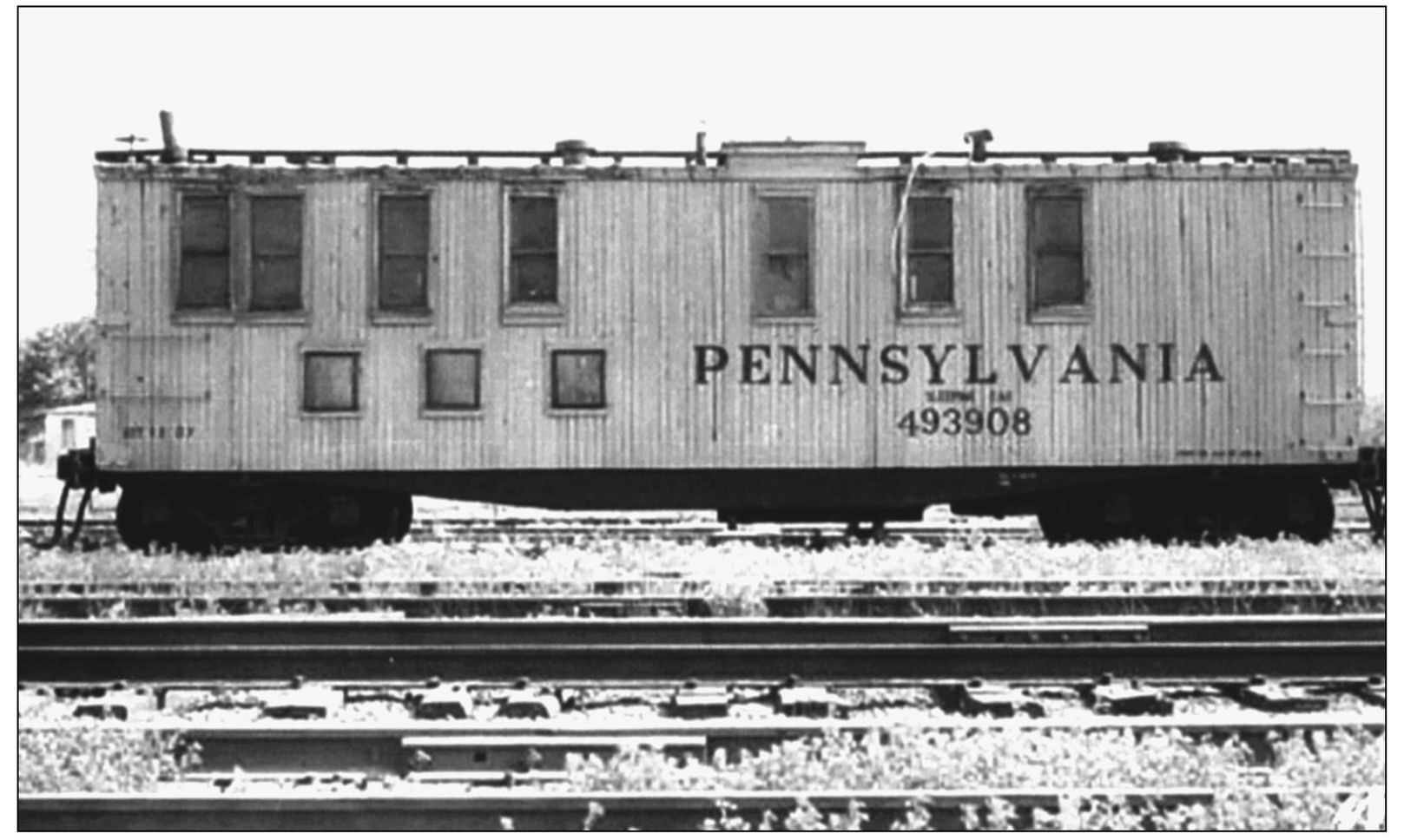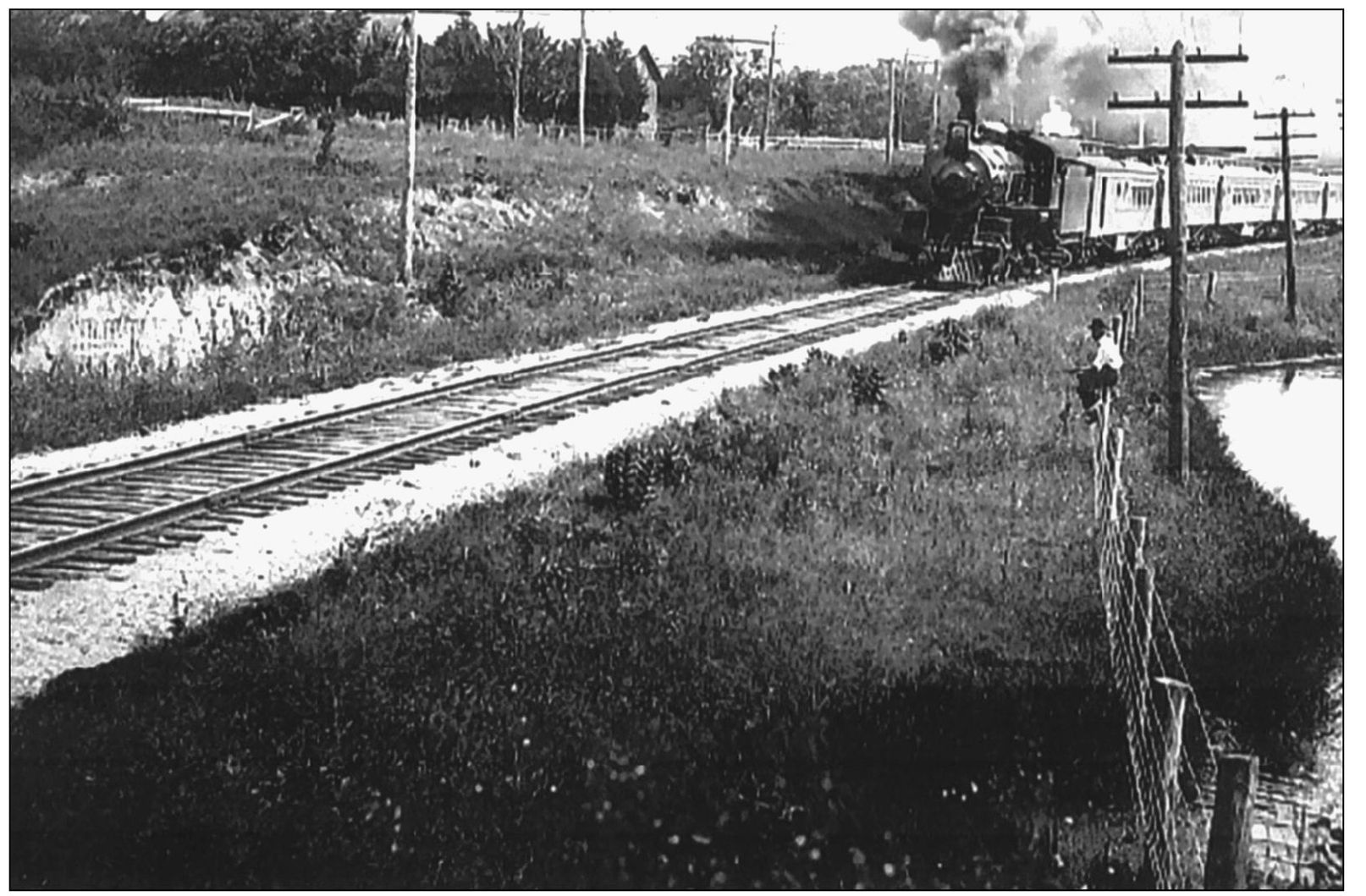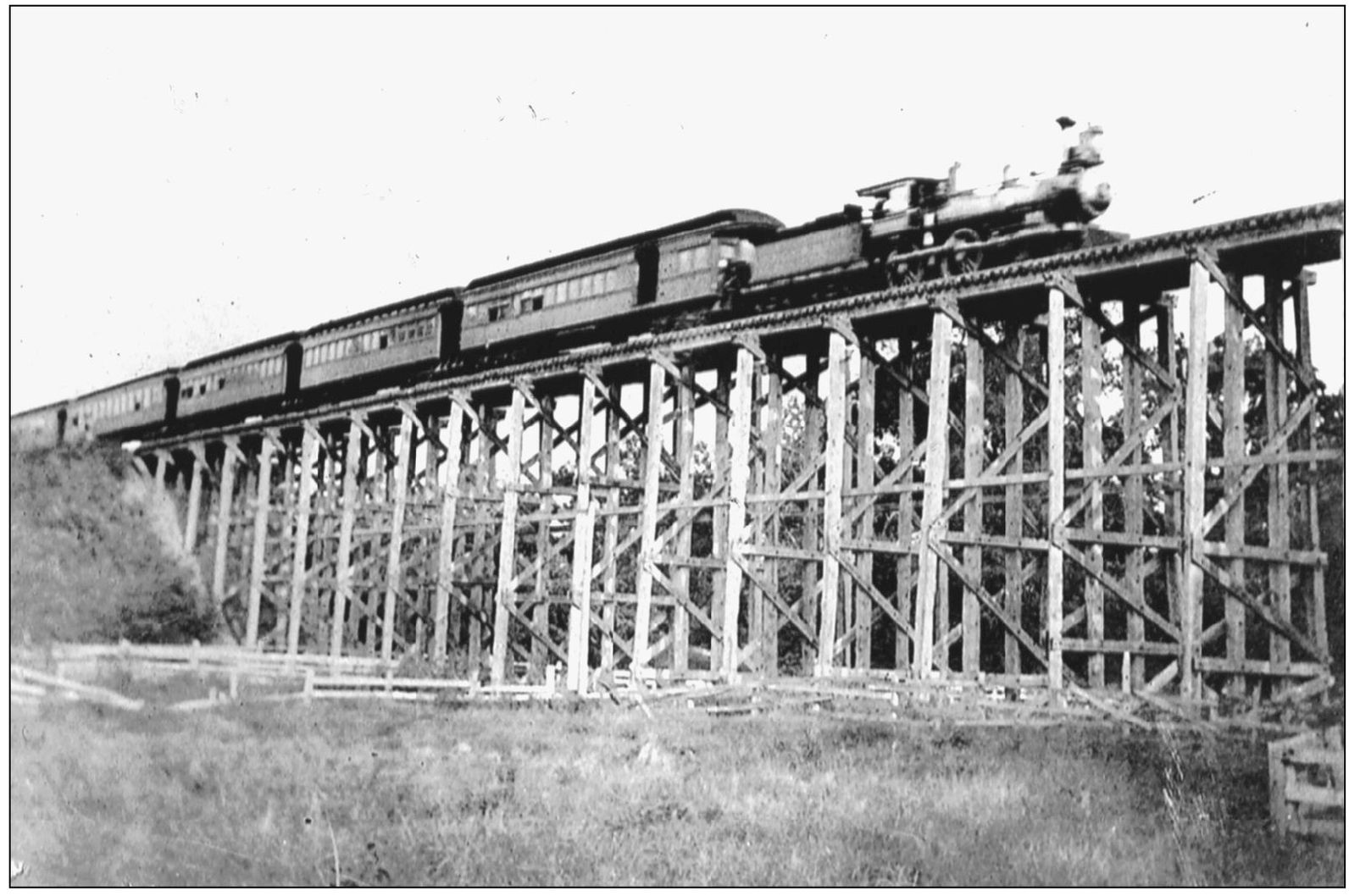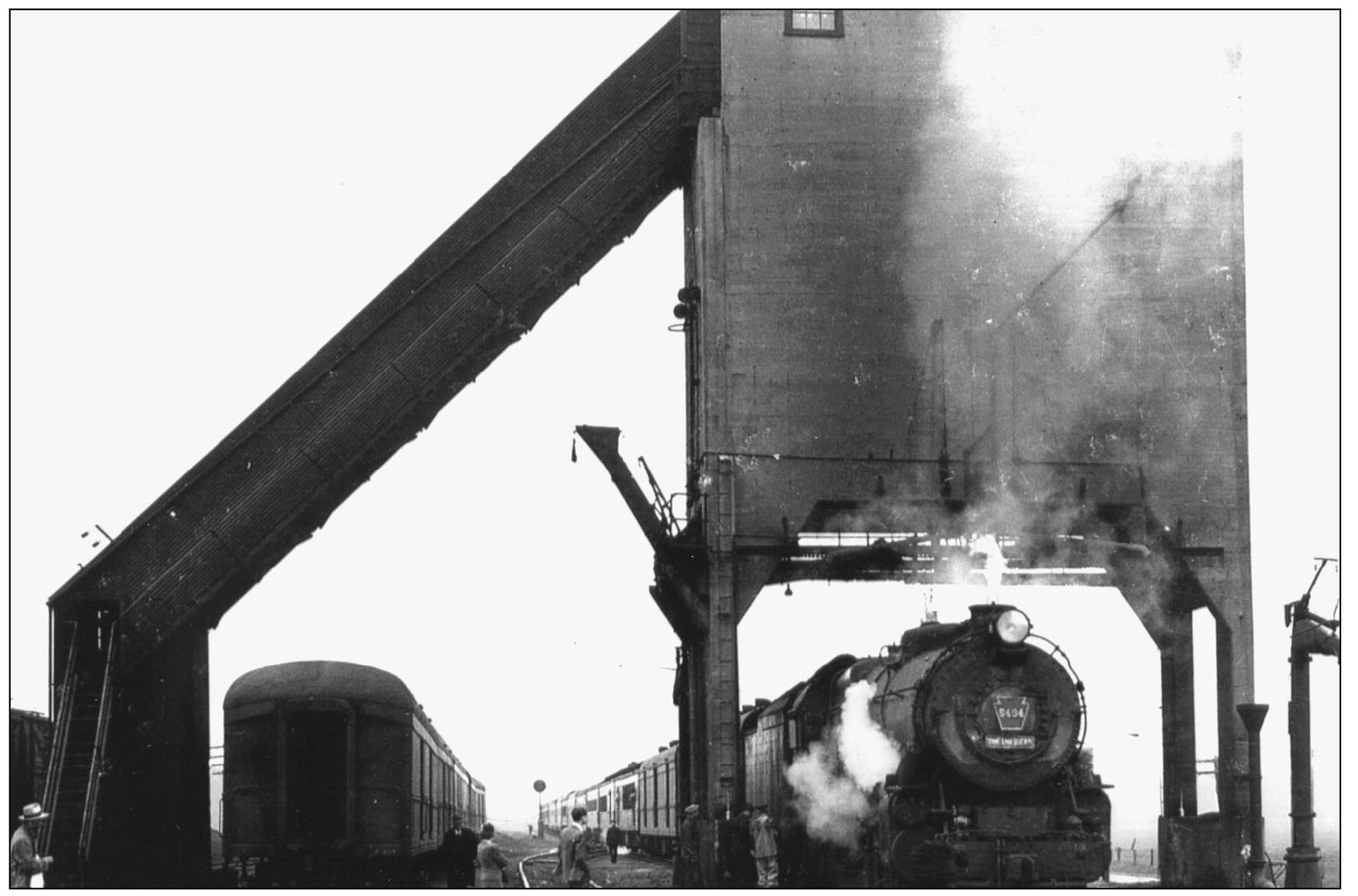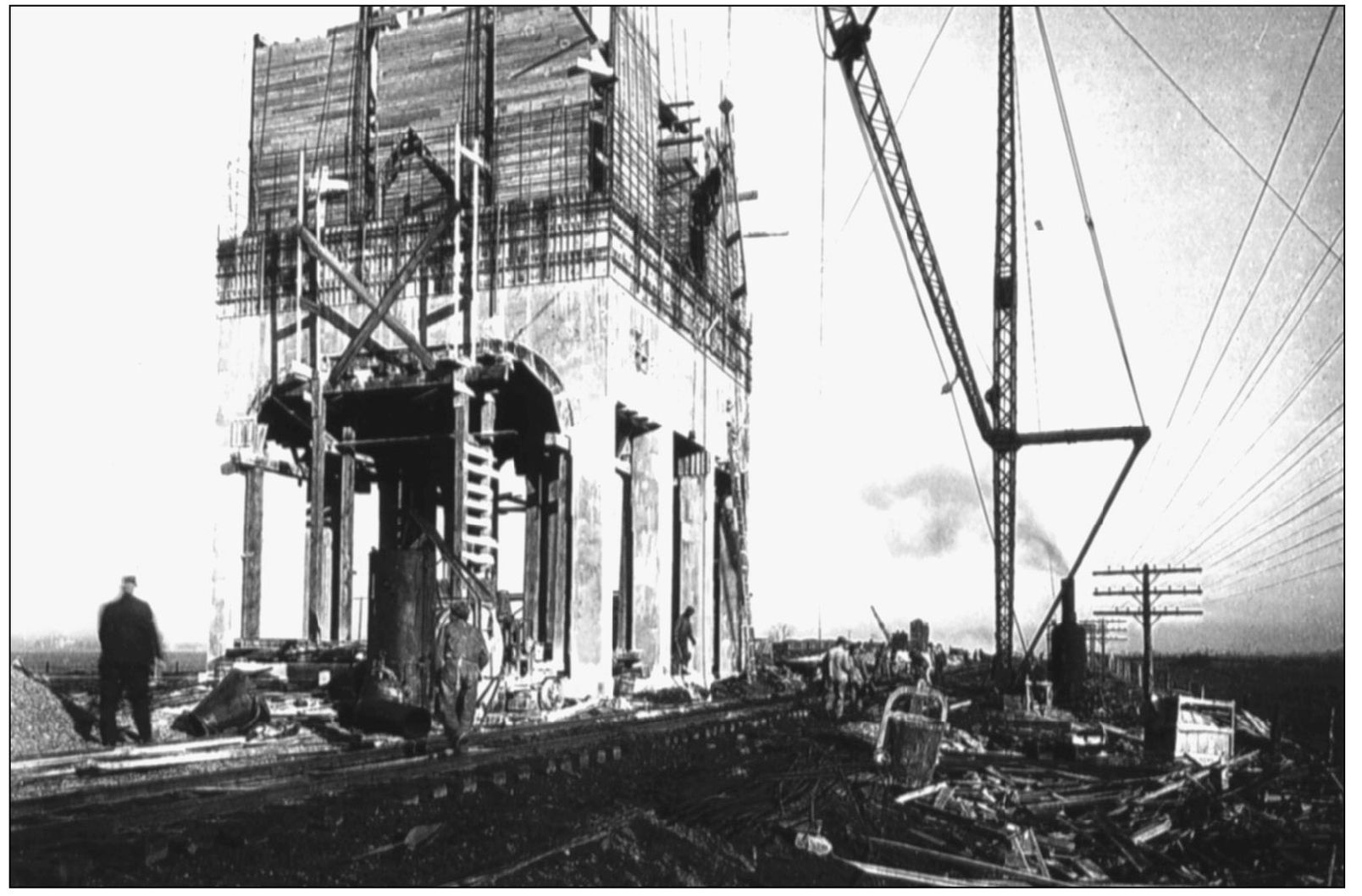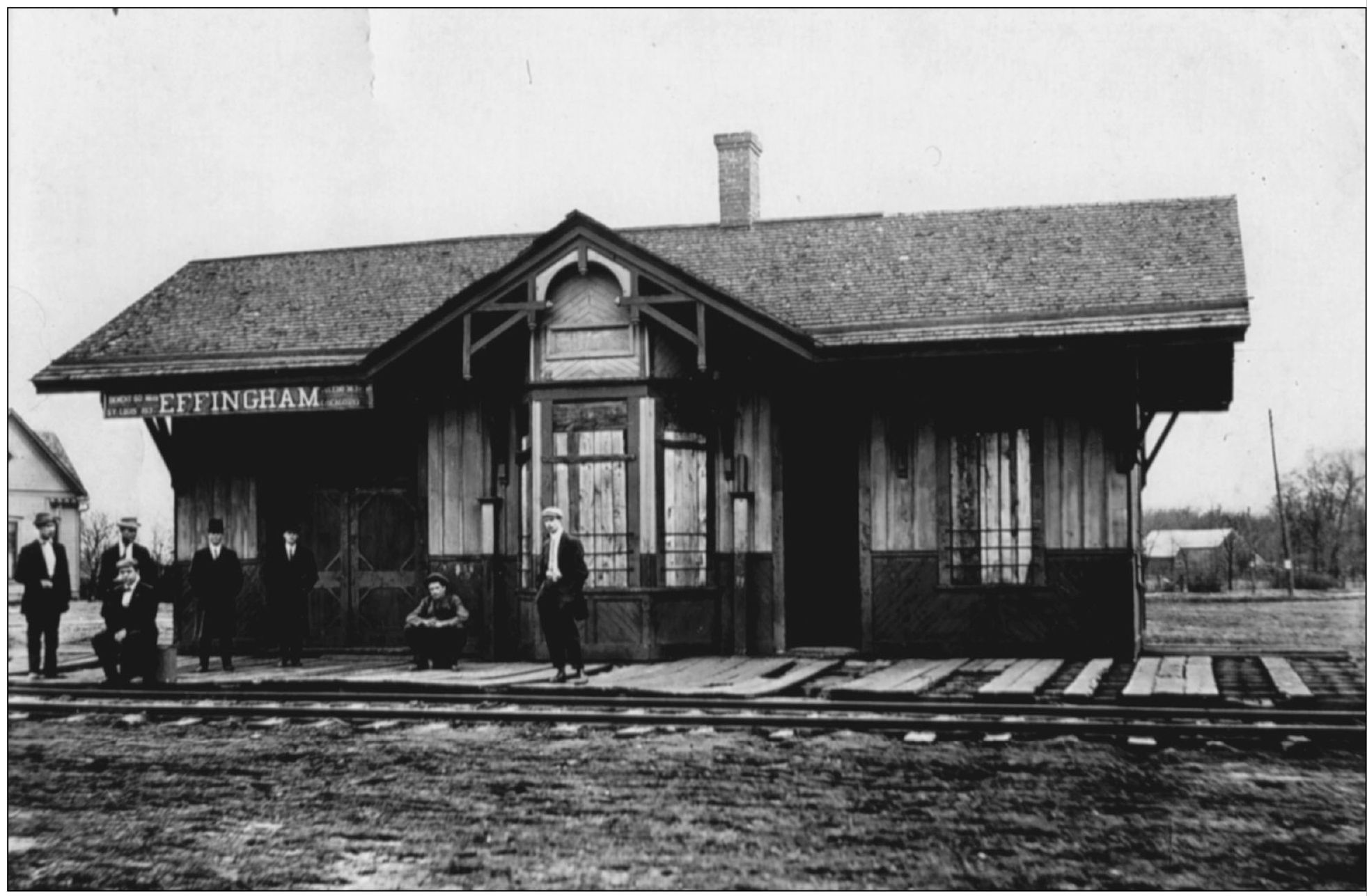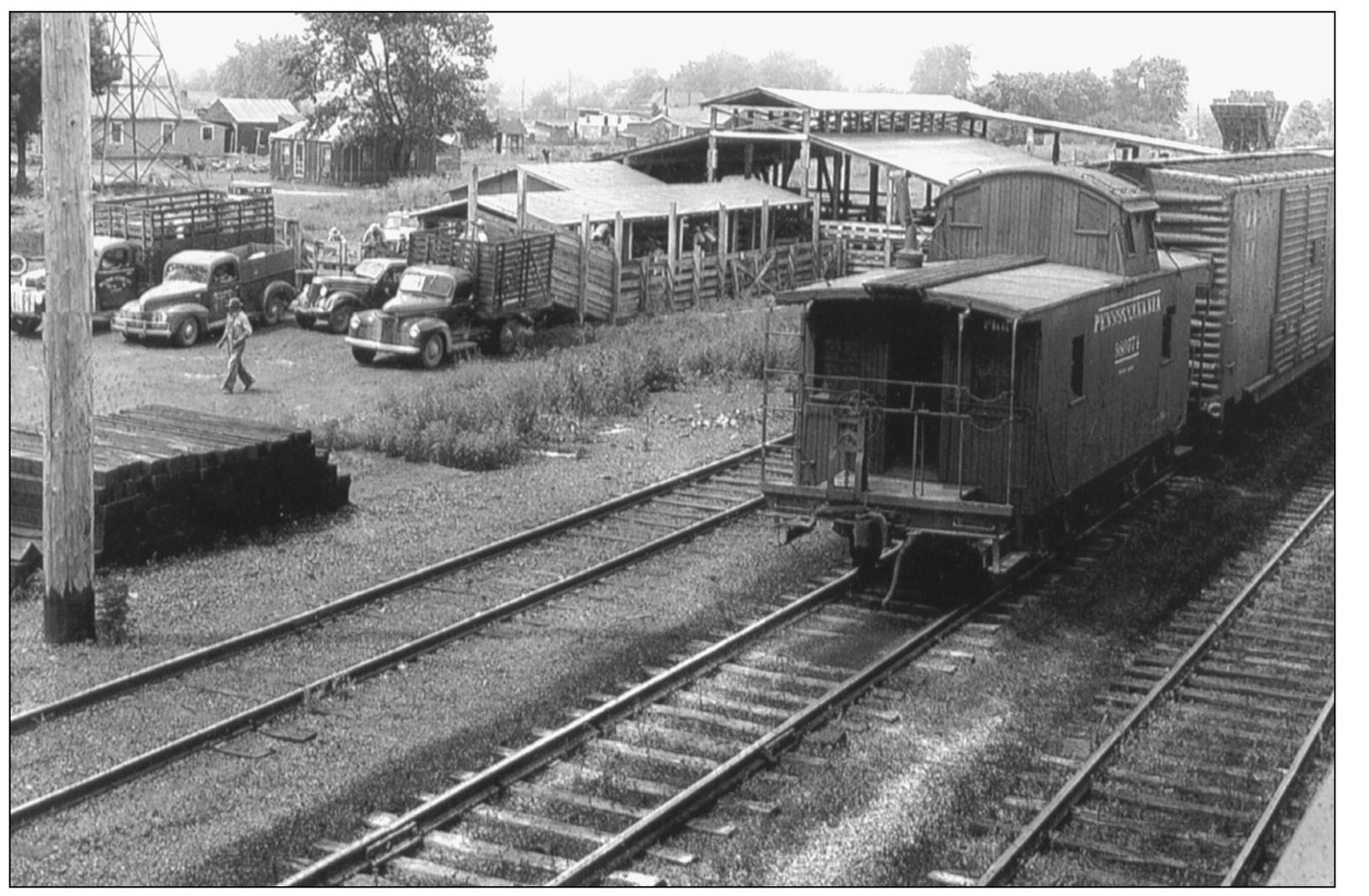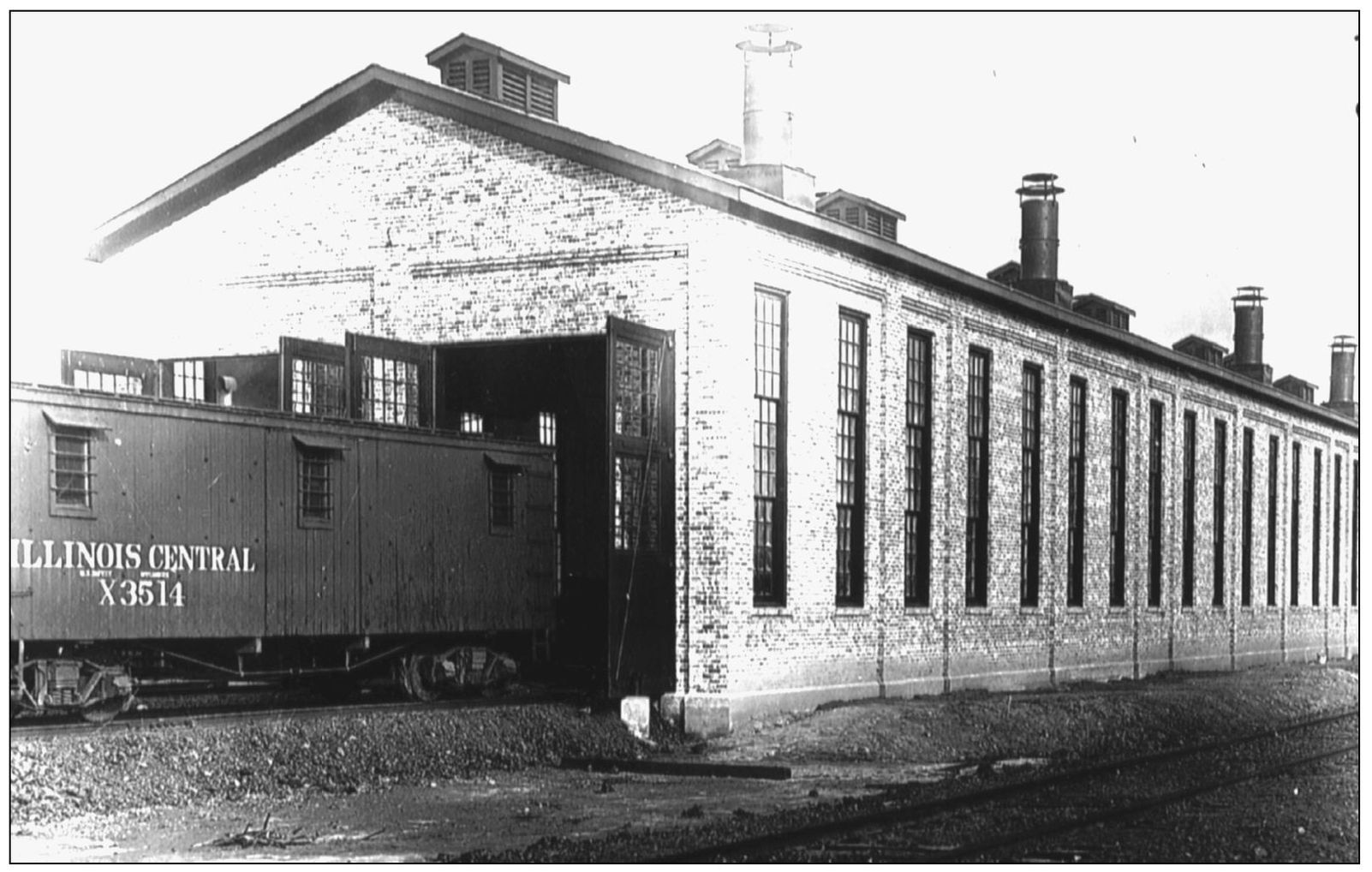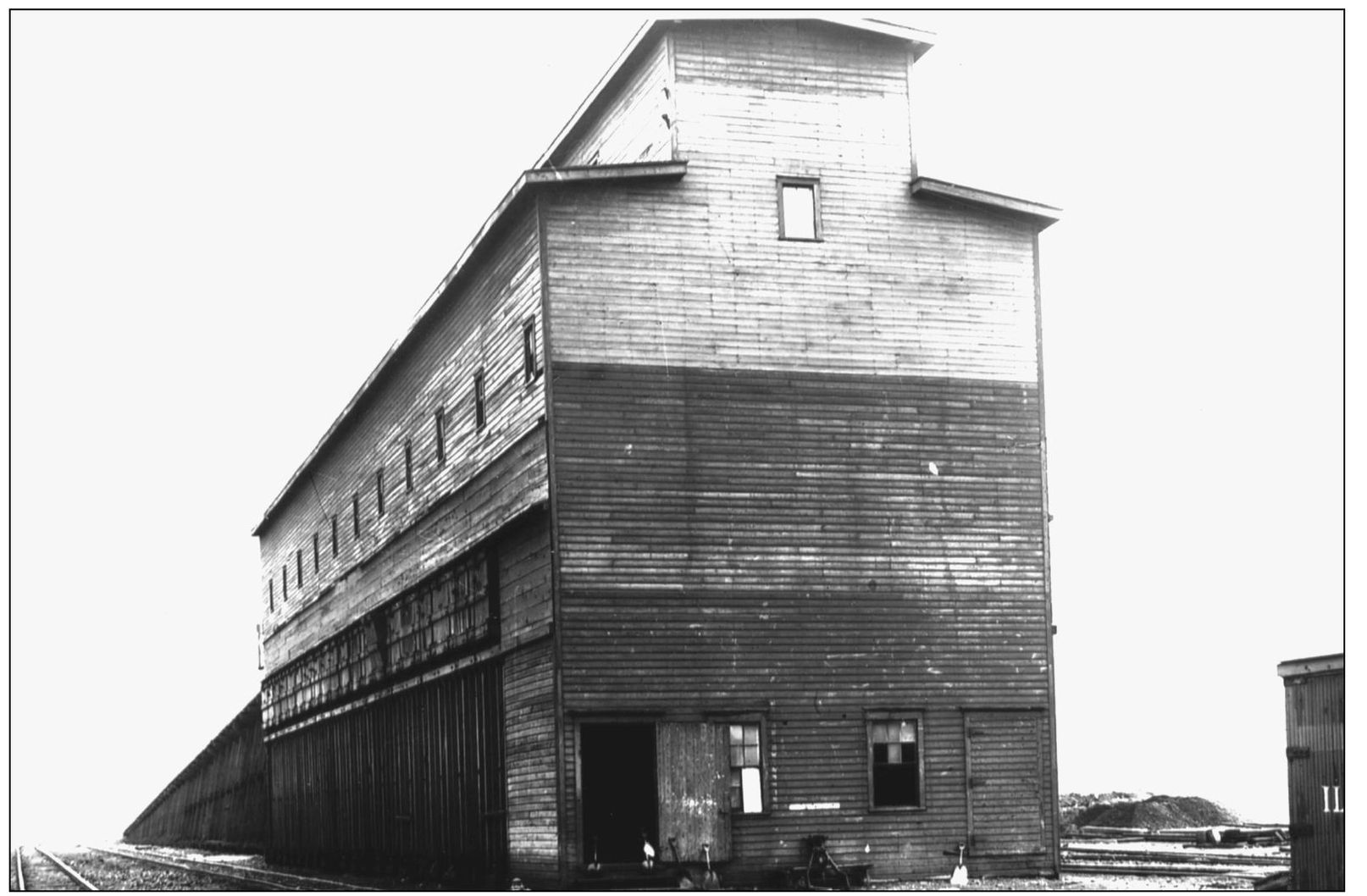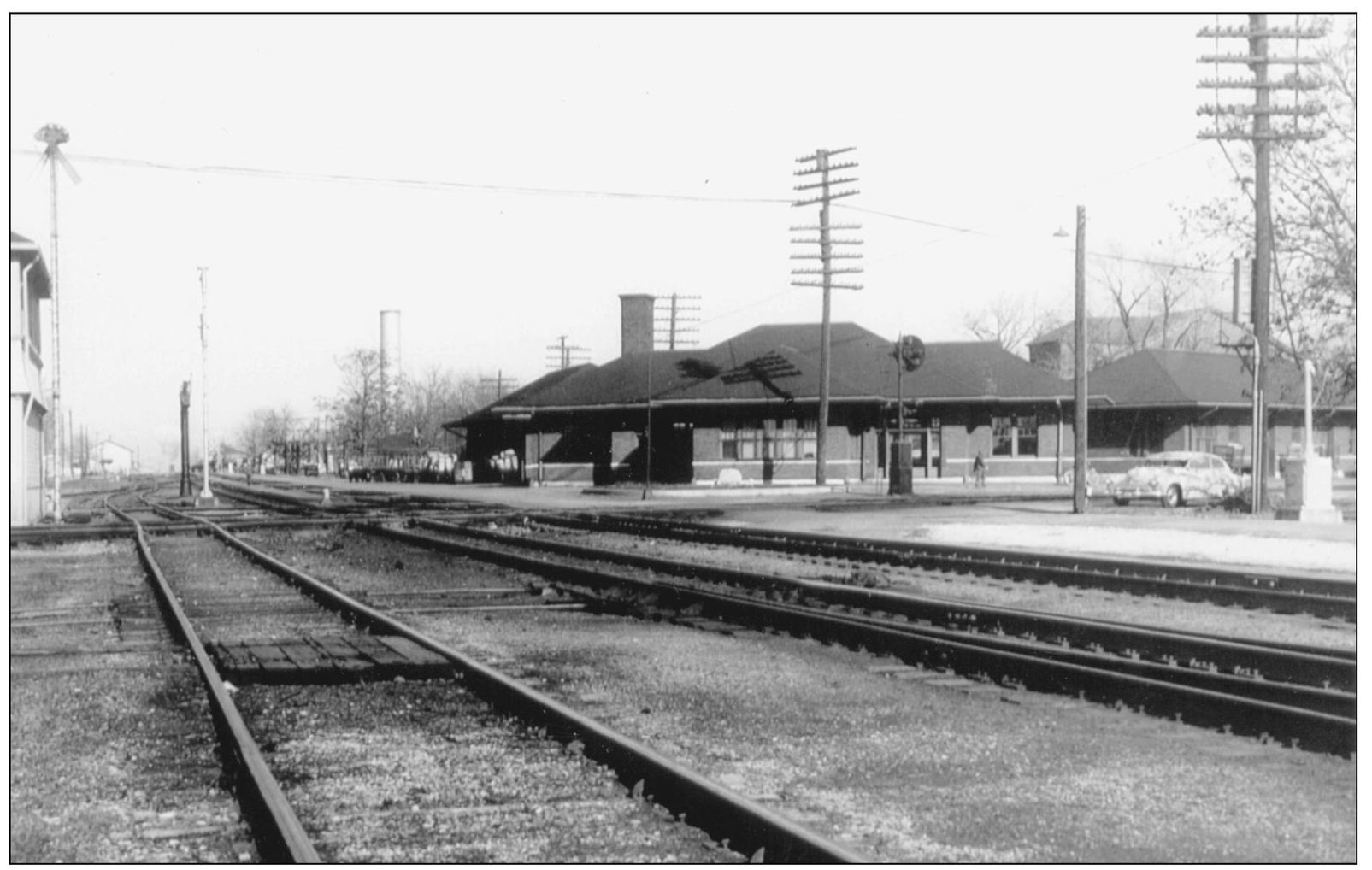ACKNOWLEDGMENTS
This book would not have been possible without the generous gifts of images and conversation by many people. We have decided to show who gave us photographs and who provided us with caption information. We apologize if we have omitted anyone.
In chapter 1, Transportation, photographs were provided by Rosemary Smith Percival, John Sills, and Fred Katz. Information was provided by Bruce Kessler and Charlie Slavens.
In chapter 2, Effingham City, photographs were provided by Mary Ellen Eversman and Nora Niccum. Information was provided by LoElla Baker, Eleanor Bounds, Audrey Garbe, and Bill Broom.
In chapter 3, Effingham Business, photographs were provided by Agnes Dust Althoff, Frank Stewart, C. F. Keller, Phyllis Sur Utz, John Kirby, Maxine Jaycox Gravenhorst, and Isabel Lustig. Information was provided by Maxine Jaycox Gravenhorst, Candy Jaycox, Greg Koester, Jack Thies, and Hank Stephens.
In chapter 4, Schools and Churches, photographs were provided by Kay Althoff Adams, Frank Stewart, and Norma Bushue Verdeyen. Information was provided by Pastor Paul Bauer, Pastor Ed Roman, Laura Knierim, Rev. Gehl Devore, and Kay Althoff Adams.
In chapter 5, Teutopolis, photographs were provided by Adeline Barclay, Tony Weber, and Patty Lidy Pruemer. Information was provided by Jim Burford, Rick Siemer, John Wessel, Bob Wernsing, Kurt Weber, Mack Kitten, and Tony Weber.
In chapter 6, Altamont/Beecher City, photographs were provided by Pat Hogge Smith and Steve Miller. Information was provided by Pat Hogge Smith, Norm Miller, Steve Miller, Bill Wendling, and Bruce Kessler.
In chapter 7, Other Places, photographs were provided by Ann Schultz Deters, Jim Schultz, and Melba Rice Henderson. Information was provided by Bob Schultz, Jane Schultz Herman, June Bushue, Rachel Boone, Barb Gillam, Bill Baxter, Regina Baxter, Doris McKinney, Milton McKinney, Lisa Flach Jewell, Melba Rice Henderson, and Jack Keller.
In chapter 8, The Brothers Fitch, the photographs were provided by Chris Huff.
Find more books like this at
www.imagesofamerica.com
Search for your hometown history, your old stomping grounds, and even your favorite sports team.
One
TRANSPORTATION
The diamond was where the Illinois Central Railroad (IC) and Pennsylvania Railroad tracks met. In this photograph, a westbound Pennsy train is passing the depot sometime in the 1950s. The IC line has since been reduced to one track.
Here is the St. Louis Limited swinging through the Teutopolis depot before the age of diesel. The St. Louis, Vandalia and Terre Haute Railroad came to Teutopolis around 1870. This railroad merged with the Indianapolis and Terre Haute Railroad to become the Vandalia Railroad in 1905. The Vandalia line merged with the Pittsburgh, Cincinnati, Chicago and St. Louis Railroad in 1917. The Pennsylvania Railroad leased the line in 1921 and ran it until 1968. The line is now operated by CSX of Jacksonville, Florida.
This is a Pennsylvania Railroad work/sleeping car, as it looked on May 3, 1959. The vertical-wood-sided car was built in 1907 and was yellow with black lettering. Eastwest passenger travel through Effingham County ended in 1968.
This image brings lyrics to mind: I hear the train a-coming / Rollin round the bend. A lone bystander sits on the fence alongside Lake Kanagga as a westbound Vandalia passenger train rumbles through during the early 20th century.
A westbound St. Louis, Vandalia and Terre Haute Railroad passenger train is crossing the old Salt Creek bridge between Effingham and Teutopolis in 1892. This bridge had 65-foot pilings that were replaced when the new bridge was built.
Before diesel, trains ran on coal and coal chutes, such as this one, served as fueling stations. This Pennsylvania Railroad American train is coaling up south of the current Effingham High School football field and U.S. Route 40.
Coal chutes and water towers were found along many railroad lines throughout the United States and anywhere else there was a rail line. This chute near Effingham was still under construction on December 2, 1916.
The Wabash Railroad depot was located on West Fayette Avenue on what was then the edge of town. The depot was later moved downtown, where it is still used as an insurance office.
Not only was Effingham a crossroads, but the city was also a shipment point, particularly for agricultural goods. In this photograph, livestock is being loaded onto a Pennsylvania Railroad train for shipment in the southwest corner of Effingham around 1940.
Railroad cars and engines were maintained in roundhouses, so named because many of them were circular in shape. By November 7, 1917, when this photograph was taken, even rectangular maintenance buildings, such as this IC shop south of the Effingham diamond, were called roundhouses.
Coal chutes were fixtures along railroad tracks until the 1950s, when railroads switched to diesel engines. This chute was located on the IC tracks near Effingham. The photograph was taken on March 15, 1912.

